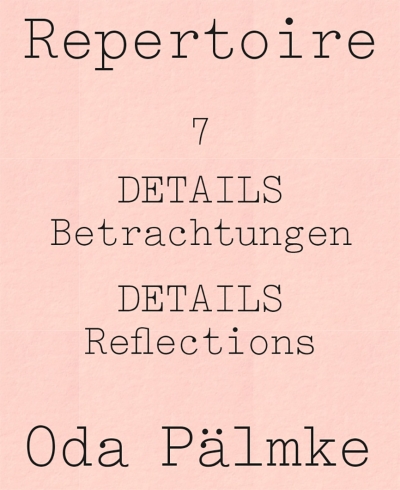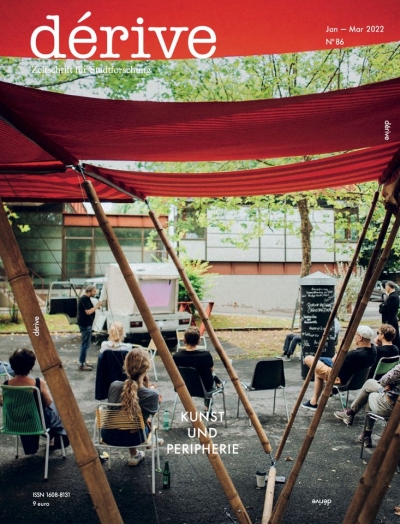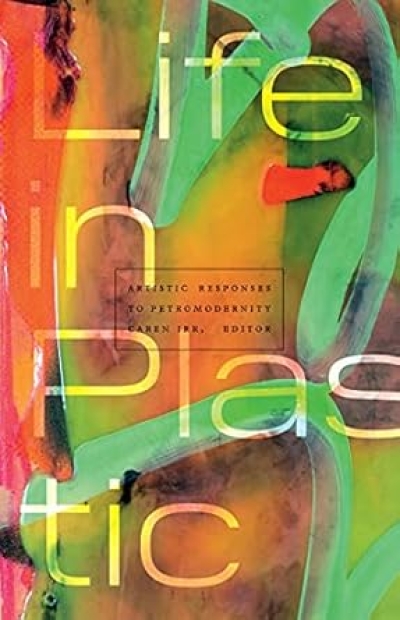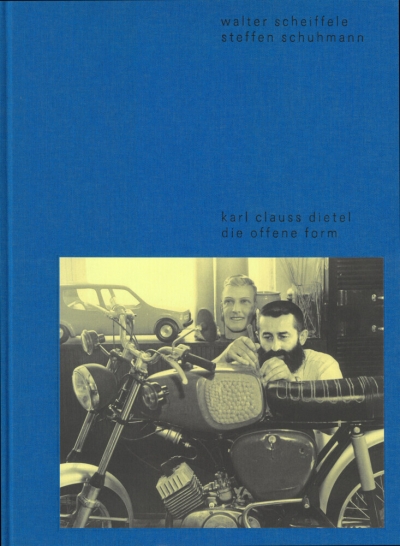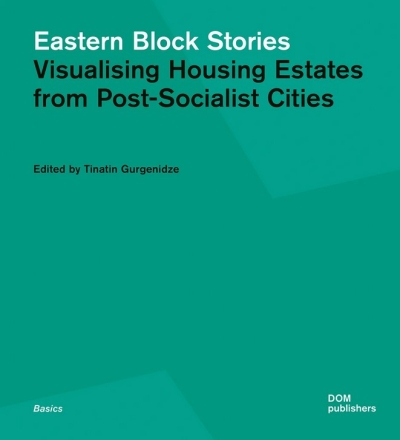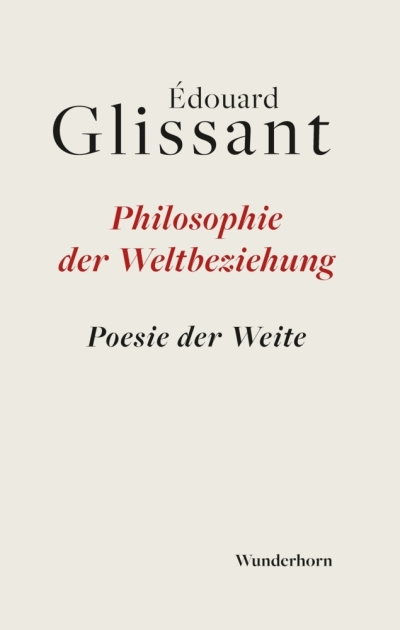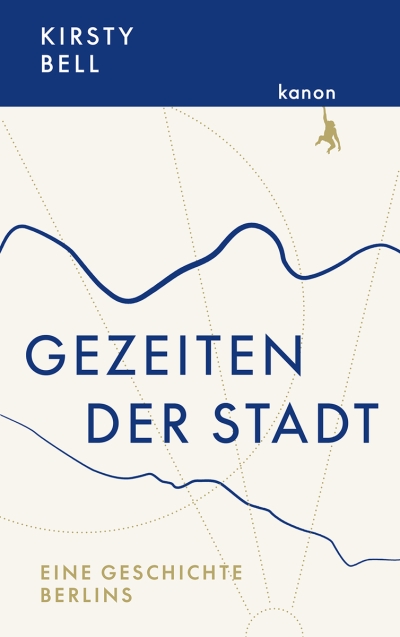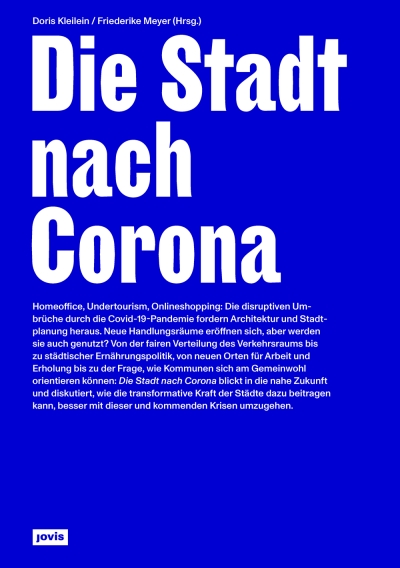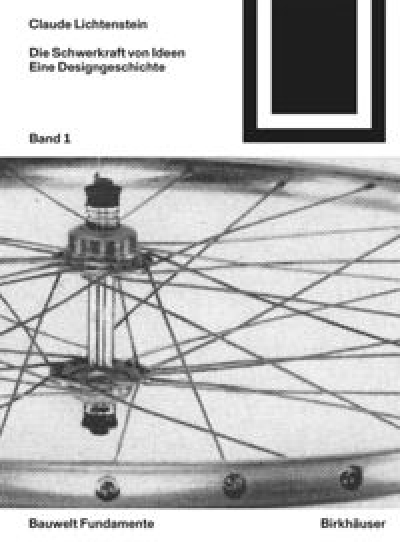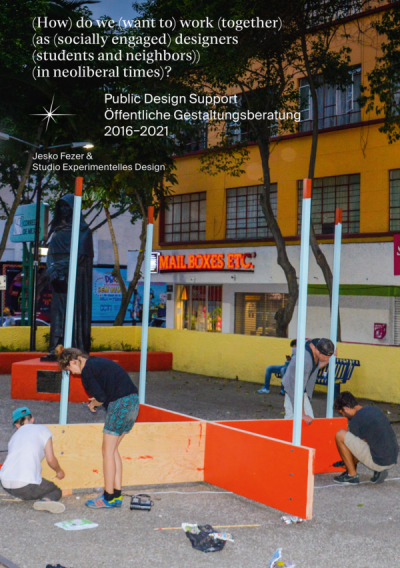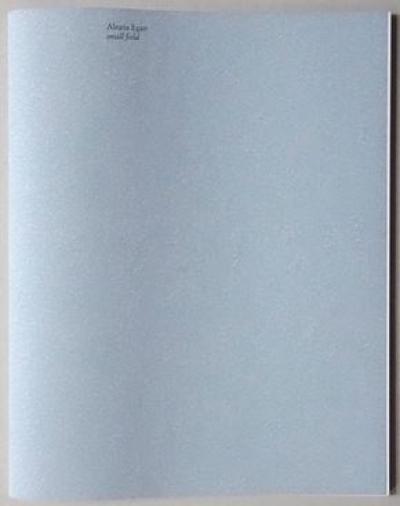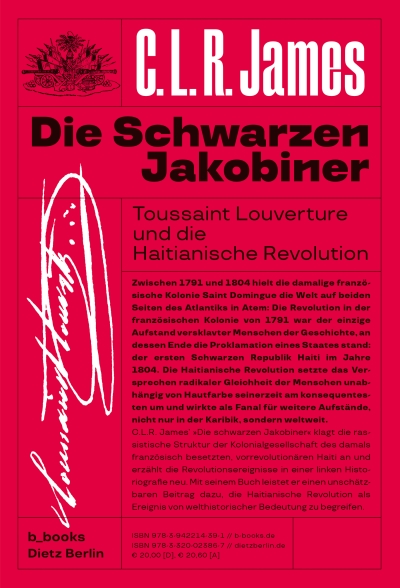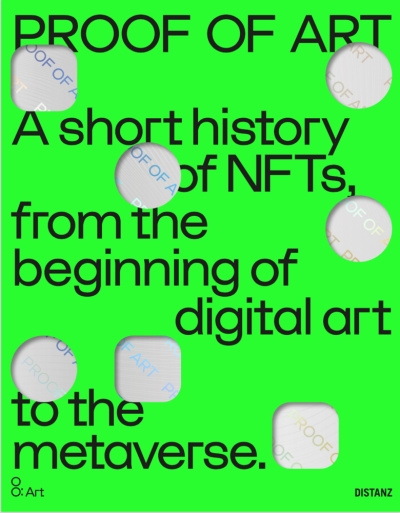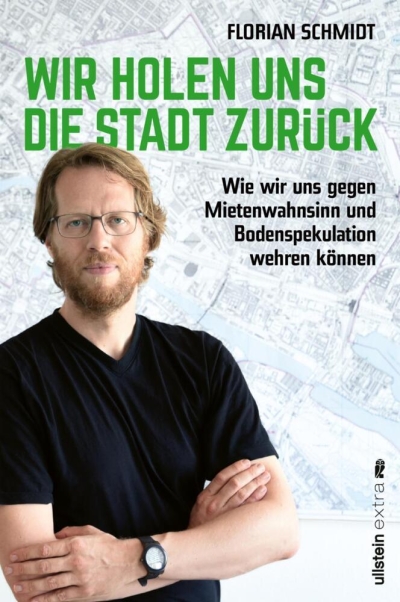
Throbbing Gristle. An Endless Discontent
In 1976 the British band Throbbing Gristle emerged from the radical arts collective COUM Transmissions through core members Genesis P-Orridge and Cosey Fanni Tutti, joined by Hipgnosis photographer Peter Christopherson and electronics specialist Chris Carter. Though having performed previously in more low-key arts environments, their major launch coincided with the COUM retrospective exhibition Prostitution at London’s ICA gallery, showcasing and contextualising an array of challenging objects from COUM’s various actions in performance art and pornography. In a deliberately curated strategy inviting press, civic and arts dignitaries, extravagant followers of the nascent punk scene and music journalists, the band created an instant controversy and media panic that tapped into the restrictive climate and encroaching conservatism of late 1970s Britain. Any opportunities that were being explored by a formative punk ethos and movement around sex, censorship and transgression were amplified and exposed by Throbbing Gristle and Prostitution. An outraged Member of Parliament Nicholas Fairbairn took the bait and called the ensemble the ‘wreckers of civilisation’, providing the suitable newspaper headline that would be followed a month later by ‘the filth and the fury’ as the Sex Pistols uttered strong profanities on live television.
The switch from COUM to Throbbing Gristle encompassed a primary mode of expression in making music as opposed to art, to further coincide with the energy of the nascent punk scene. The band quickly developed a radically deviant and challenging reputation through pushing the punk format past its strictures in terms of lyrical themes, amateurism, and considerations of what constitutes music. Through a handful or record releases on their own label Industrial Records, and a sporadic string of live performances, the band nurtured a strong and devoted following including key journalists and fanzine editors of the punk and post-punk scenes such as Jon Savage and Sandy Robertson. The band’s style of exploring harsh pre-recorded sounds, samples of disconcerting narrative and conversation, and feeding all sounds through messy electronic processing devices gave rise to the title industrial music. This was further buttressed by performing a strictly timed set of one hour, and adopting a non-rockstar mode by appearing disinterested and preoccupied with electronic devices. Having given a name and impetus to the industrial music scene, many of their followers and fans formed bands in later years.
Drawing on works such as Andy Bennett’s When the Lights Went Out, this book looks at late 1970s Britain, before, during and immediately after the Winter of Discontent, to situate the activism of Throbbing Gristle in this time. It explores how the band worked in and against the time, and how they worked in and against punk as punk worked in and against the time and place. Punk acts as a mediating factor and nuisance value, as Throbbing Gristle emerged with punk in late 1976, seemingly grappled with it through 1977, and then went on to create and eventually criticise a number of post-punk scenes that had flourished around 1979. Trowell narrates the story through a series of live performances, as this is a point where Throbbing Gristle interact with the various city-scenes around England during their original period of operation (1975-1981). The band reflected (and incorporated into their live music) key tropes form the time, both ‘mainstream’ and fringe (subcultural, avant-garde art, counter-culture, taboo subjects, extremes) such that Throbbing Gristle events had an impact and affect, and Trowell traces these as a series of impressions and reverberations amongst fans who went on to do their own music and projects.









